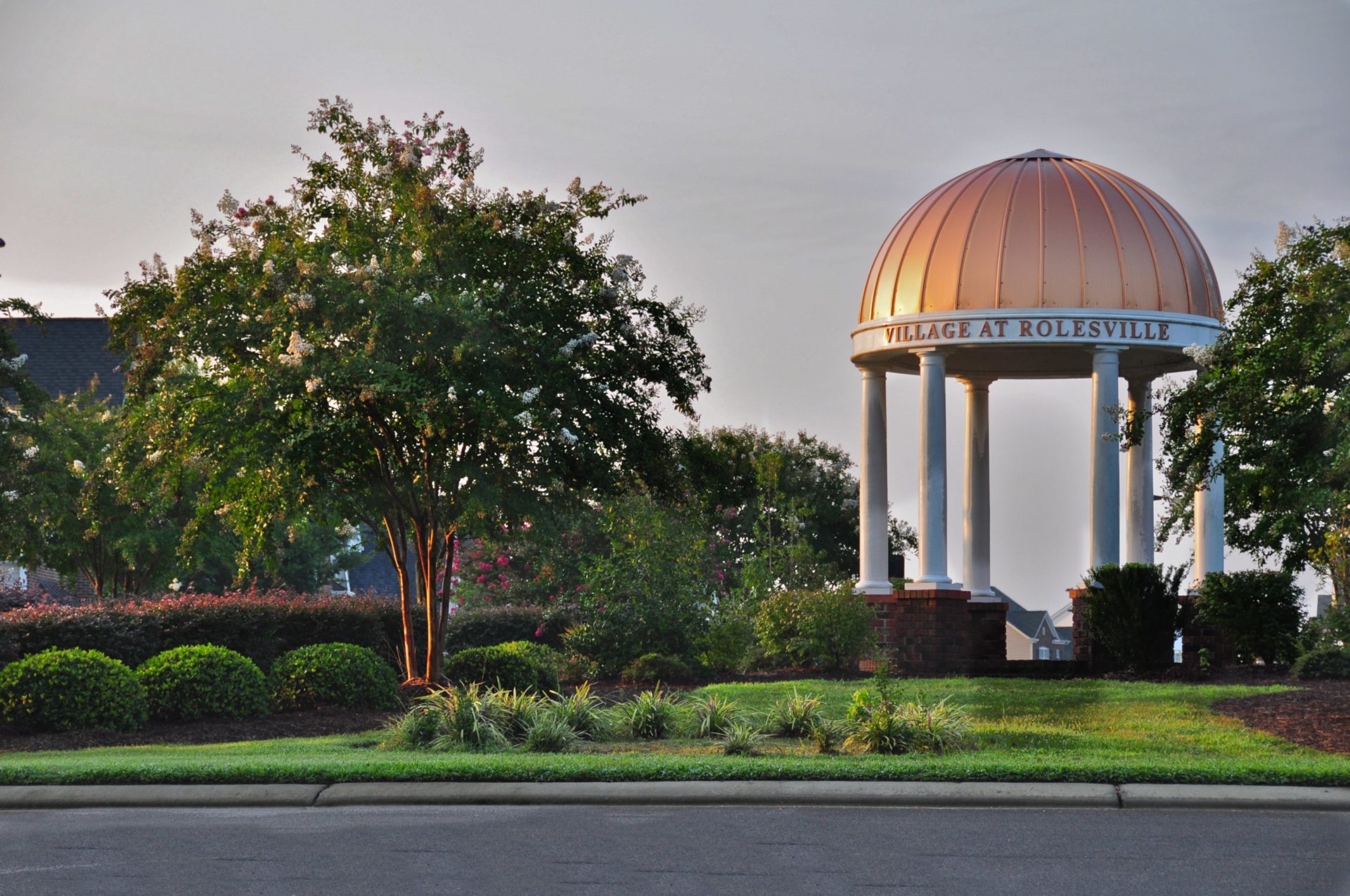Over the past decade and then some, Raleigh, North Carolina, has piled up a litany of placements at the top of livability lists. The city has been called the best place to reside, work, play, start a small business and relocate. The result: Raleigh’s population has grown faster than nearly any other major American city in the past decade. And that mostly unchecked growth has led to a less desirable moniker: Sprawleigh.
Last year, a report by a group called CEOs for Cities identified Raleigh as one of the worst commuting cities in America. In metro areas with extensive urban sprawl, such as the Tarheel capital, residents might average as much as 240 hours per year in traffic because commuting distances are much longer.
Ahead of that negative press, city officials had already embarked an ambitious rezoning called the 2030 Comprehensive Plan for the City of Raleigh. The teeth of the plan is a new development code designed to increase density by catering to a younger working populace that wants to live closer to in-town jobs, as well as catering to aging boomers who also appreciate walkable neighborhoods with dining and shopping options. Raleigh wants to redevelop a number of areas along specific transit corridors that will entice future growth. To get there quickly, the new code will be half the size of the previous one, easier to understand, favorable to mixed use projects and with an expedited approval process, according to Mitch Silver, Raleigh’s chief of Planning and Economic Development. “We wanted to have a conversation on what is a 21st century city. Raleigh is a city coming of age, kind of in an adolescent period. We asked, When we grew up, did we want to be like Atlanta or did we want to be like another city?”
Over the past three decades, Raleigh was like a lot of places in the south and west that were eager to grow and did so without much forethought. Even in cities that had plans, such as Raleigh, the speed of expansion proved overwhelming. Millions of Americans were relocating in a gold rush search for better jobs and warmer climes. With space to stretch, not having to build up meant building out.
From 1950 to 2000, Raleigh’s land use grew 1670%, 3.5 times faster than the population, which increased by 480% to about 400,000. And that has created a massive problem; in a national 2002 sprawl study by community advocacy organization Smart Growth America, Raleigh was ranked third worst, based on measures of density, mixed use, centeredness, and road connectivity. Read more
– Steve Goldberg, Time Magazine, March 25, 2011

